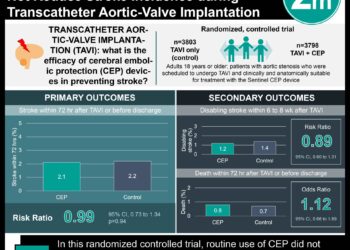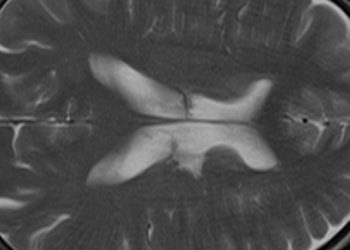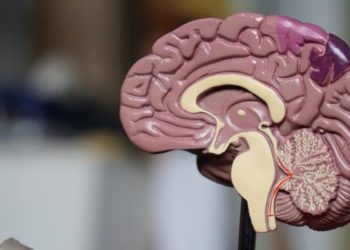Perfusion imaging may be useful for selecting stroke patients for thrombolysis
1. When used for the selection of patients with stroke for intravenous thrombolysis within 3 hours of symptom onset, computed tomography perfusion imaging (CTP) appears to provide comparable outcomes relative to the use of other imaging modalities.
2. Outcomes trended toward superiority among patients selected for intravenous thrombolytic treatment beyond 3 hours of symptom onset on the basis of CTP, relative to the earlier treatment group.
Evidence Rating Level: 2 (Good)
Study Rundown: In suspected cases of acute stroke, imaging by non-contrast head CT is considered the standard of care due to its widespread availability, rapid scan time, and high sensitivity for intracranial hemorrhage. However, unlike magnetic resonance imaging or CTP techniques, static non-contrast CT imaging does not provide information about the area of at-risk brain tissue secondary to reduced cerebral blood flow. The current study systematically reviewed the use of CTP in acute stroke to determine its safety and efficacy in selecting patients for thrombolytic therapy, as CTP could be useful in identifying a larger patient base that may benefit from treatment than static imaging alone. A meta-analysis was performed using all recent CTP literature with regard to stroke therapy, regardless of study type, in order to determine baseline complication rate, represented by in-hospital intracerebral hemorrhage (ICH) and 90-day all-cause mortality, and patient recovery status, as assessed by a modified Rankin Scale score at 90 days. The results suggest that the decision to pursue thrombolytic therapy based on CTP is comparable to the standard of care with regard to rates of ICH, mortality, and functional recovery, and that CTP may help select patients beyond 3 hours of symptom onset that could benefit from therapy. The study results are limited by the inclusion of heterogeneous, small, uncontrolled or non-randomized trials, which may have introduced bias. Additionally, inconsistent reporting of ages and NIHSS scores among included studies prevented subgroup analysis based on age and severity of symptoms at presentation. These limitations underscore the need for further trials to elucidate the value of CTP in therapeutic guidance for acute stroke.
Click to read the study in Radiology
Relevant Reading: Mismatch-based delayed thrombolysis: a meta-analysis
In-Depth [meta-analysis]: A meta-analysis of 13 articles was performed, including randomized controlled trials, as well as prospective and retrospective cohort trials. All studies examined the use of CTP in a selection of patients for thrombolysis without an alternative imaging modality for comparison. Patient ages were consistent across most trials, with mean ages ranging from 58-73 years. Baseline NIHSS scores at presentation were not collected for all trials. Results were stratified into groups treated within or after 3 hours of symptom onset. All-cause mortality at 90 days, ICH rates, and favorable outcome rates (as reported by a 90-day modified Rankin Scale score < 2) were consistent with outcomes for patients treated within 3 hours based on other imaging modalities, at 12.5%, 3.3% and 42.5%, respectively. With treatment beyond 3 hours of symptom onset, outcomes paradoxically trended toward improvement but did not significantly differ at 2.9%, 3.9% and 69.9%, respectively.
More from this author: Intravenous contrast may not increase risk of acute kidney injury, Improved diagnosis of incidental adrenal masses by dual-energy CT
Image: PD
©2012-2014 2minutemedicine.com. All rights reserved. No works may be reproduced without expressed written consent from 2minutemedicine.com. Disclaimer: We present factual information directly from peer reviewed medical journals. No post should be construed as medical advice and is not intended as such by the authors, editors, staff or by 2minutemedicine.com. PLEASE SEE A HEALTHCARE PROVIDER IN YOUR AREA IF YOU SEEK MEDICAL ADVICE OF ANY SORT.






